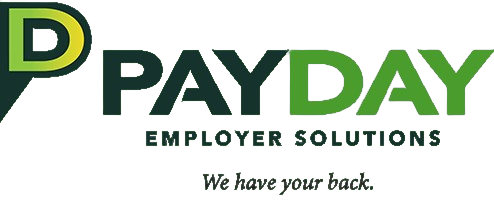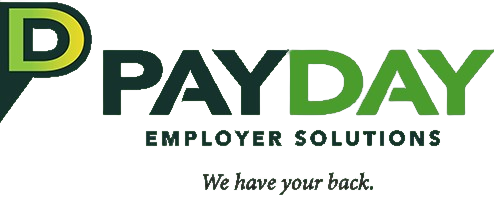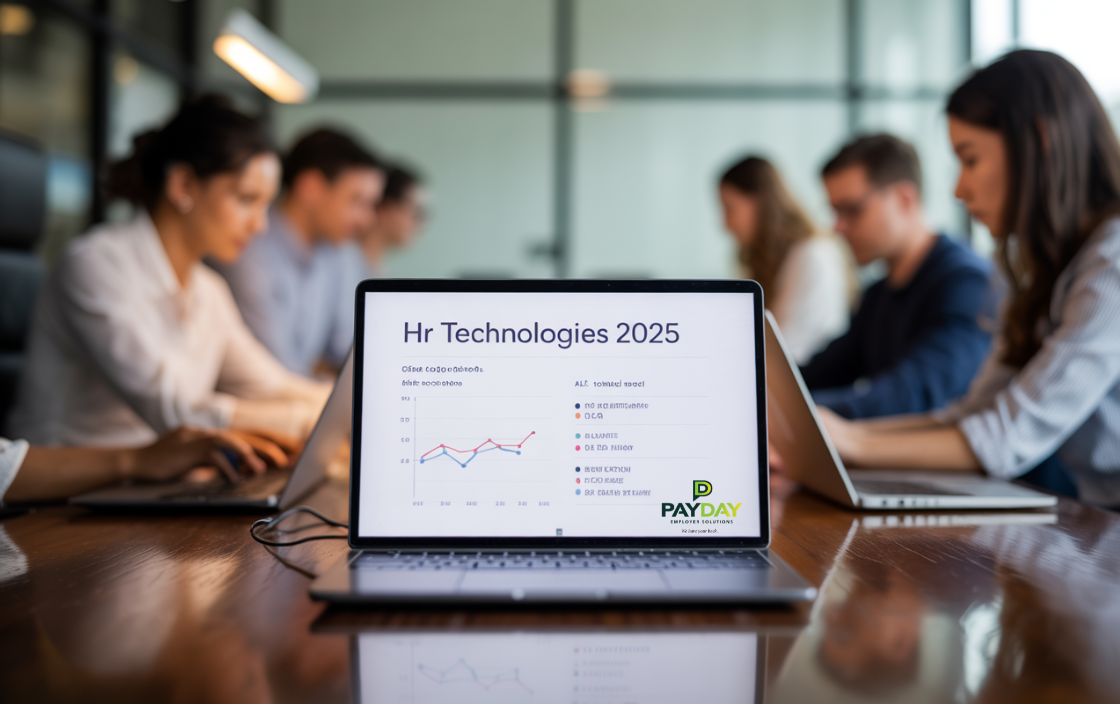Let’s not dance around it — if your HR tech still lives in spreadsheets and gut feels, you’re playing checkers in a chess tournament. In 2025, workforce management isn’t about nice-to-haves. It’s about survival. It’s about whether you’ve got the digital backbone to keep your people productive, happy, and onboard — or whether they’ve already swiped left on your company culture.
This isn’t just an evolution — it’s a battlefield. The winners are already betting big on AI, automation, and predictive data. The losers? They’re still waiting for IT to reset their password.
What Is Workforce Management and Why It Matters
Workforce Management (WFM) ensures the right people are in the right roles, at the right time. It covers everything from scheduling and time tracking to payroll, compliance, and forecasting. The modern twist? WFM is now digitally driven—automated, data-backed, and cloud-enabled.
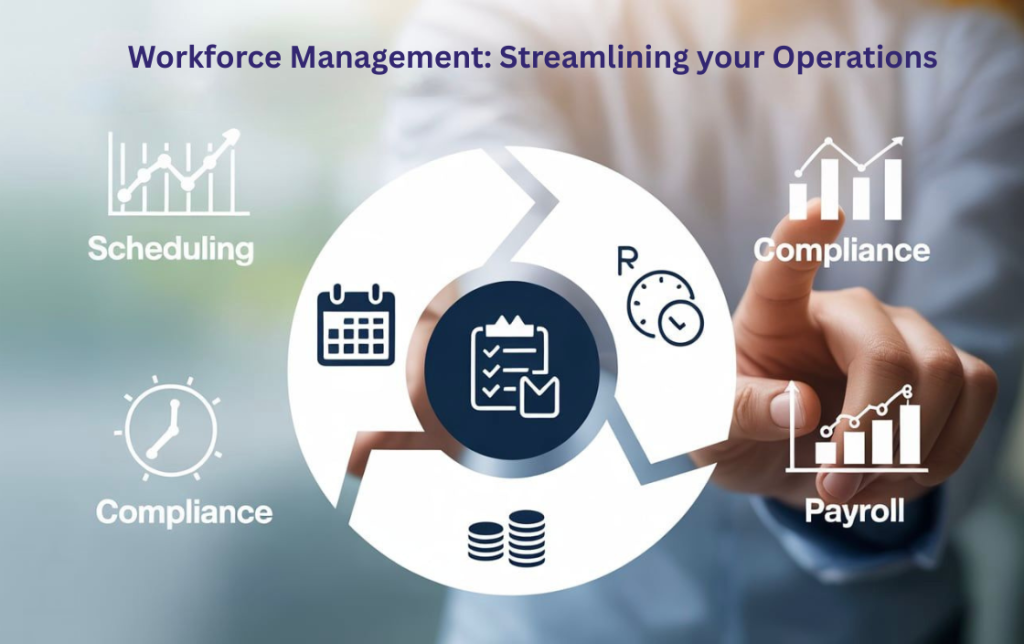
Why HR Technologies Are Reshaping the Landscape
Modern HR technologies are more than just upgrades—they redefine how organizations operate. By integrating AI, automation, and cloud platforms, companies elevate employee experience, reduce inefficiencies, and drive better decision-making.
1. AI-Powered Recruiting Platforms
Recruitment has always been a high-stakes game, but today’s volume, speed, and competition make traditional methods obsolete. AI-powered recruiting platforms are changing the landscape by turning hiring into a precision-driven process.
Instead of manually reviewing hundreds of résumés, HR teams can now rely on algorithms that scan, score, and rank applicants based on experience, skills, and even cultural alignment. These systems don’t just accelerate the process — they help identify better-fit candidates by analyzing patterns humans might miss.
The added bonus? AI models are trained to minimize unconscious bias, promoting a more diverse and inclusive workforce. The result is faster hires, stronger teams, and fewer costly misfires.
2. Cloud-Based Employee Management Software
As remote and hybrid work become permanent fixtures, HR needs tools that can support a distributed, always-connected workforce. Cloud-based employee management software is that solution — delivering seamless access, flexibility, and efficiency.
With these systems, everything from onboarding documents to leave requests and performance reviews lives in one centralized hub, accessible from any device, anytime. This streamlines the employee lifecycle and allows HR teams to respond quickly without digging through disconnected systems or local servers.
Beyond convenience, these platforms significantly reduce administrative load. Employees can manage their own information, benefits, and requests, while HR focuses on strategic work. Plus, compliance and reporting become easier with automated tracking and built-in audit trails.
3. Workforce Analytics & Predictive Scheduling
Data isn’t just for finance anymore — it’s the lifeblood of smart workforce management. With workforce analytics and predictive scheduling, HR professionals can move from reactive to proactive operations.
These technologies analyze historical trends, attendance records, and business activity to predict staffing needs with impressive accuracy. That means fewer last-minute scrambles, better labor cost control, and happier employees who get schedules that respect their time and preferences.
More than that, analytics can uncover risks before they turn into problems — like patterns of absenteeism, declining engagement, or team bottlenecks. Armed with this intel, businesses can take action early and optimize team performance across the board.
4. Employee Experience Platforms
Gone are the days when engagement was measured once a year with a vague survey. Today, employee experience platforms offer real-time, continuous feedback loops that tell a deeper story about what your workforce actually feels.
These platforms capture pulse checks, sentiment analysis, and feedback data that help HR leaders understand morale, motivation, and potential points of friction. Instead of reacting to exit interviews, companies can act on real insights in real time — adjusting workload, leadership style, or recognition programs before problems escalate.
The payoff? A stronger culture, higher retention, and a workplace where employees feel seen, heard, and valued. Experience isn’t just a soft metric anymore — it’s a performance driver.

5. HR Automation for Admin, Onboarding, and Compliance
HR departments often carry the burden of repetitive, time-consuming tasks — from filling out onboarding paperwork to tracking compliance dates across multiple spreadsheets. That’s where HR automation steps in to change the game.
By automating admin-heavy workflows — like document routing, approvals, payroll updates, and compliance audits — companies drastically reduce manual errors and process delays. It also frees up HR professionals to focus on people instead of paperwork.
For new hires, automated onboarding means they can hit the ground running with personalized checklists, welcome messages, and all necessary forms delivered instantly. And for compliance? No more deadline surprises — alerts and logs keep everything in order, ready for audits or leadership reporting.
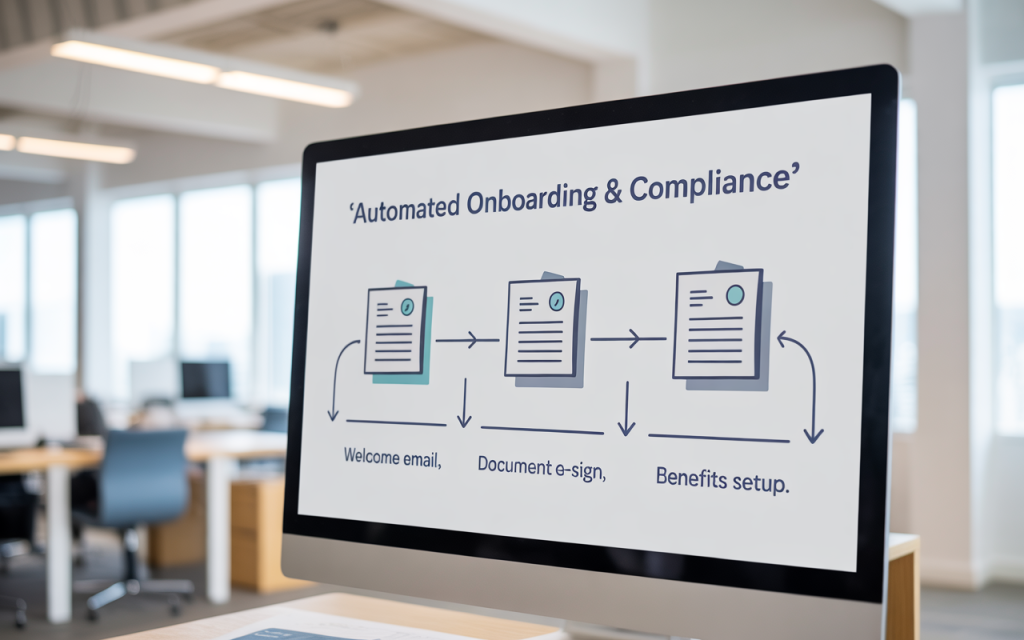
Why This Matters More Than Ever
In a tight labor market and a hyper-competitive landscape, the cost of bad workforce management is massive:
- Lost productivity
- High turnover
- Poor compliance
- Burnt-out HR teams
HR technologies for workforce management aren’t just about modernization — they’re about survival and scaling.
By embracing modern HR tech, companies can:
- Attract and retain better talent
- Optimize labor spend
- Increase transparency and trust in HR processes
- Align workforce goals with business objectives
Whether you’re a 20-person startup or a 500-employee powerhouse, now is the moment to modernize.
Ready to Future-Proof Your HR Strategy?
Outdated systems are costing you time, talent, and traction. It’s time to upgrade.
Paydayes brings everything you need — from onboarding to payroll — into one smart, scalable platform.
Contact us today and let’s start building a workplace that works for everyone — HR included.

